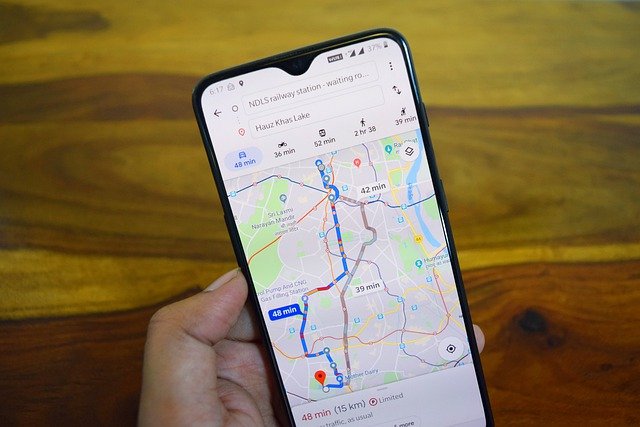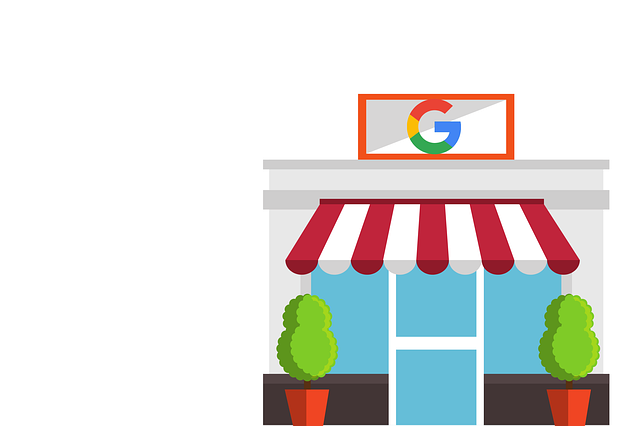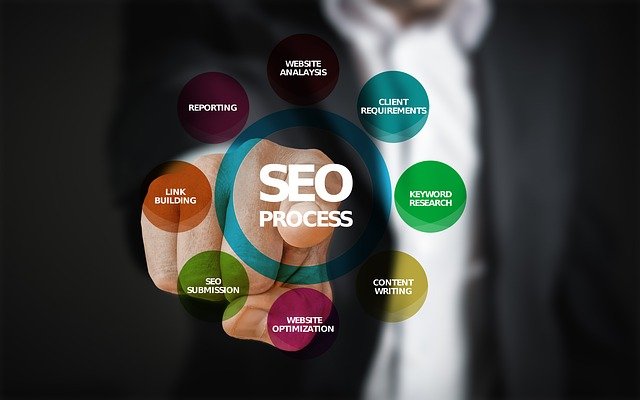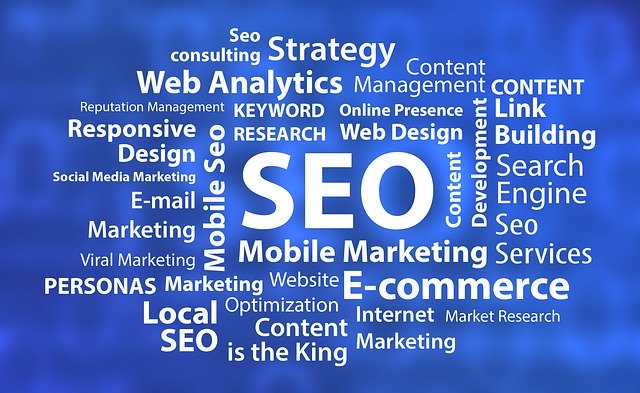One of the most important tools for boosting your local SEO is the Google My Business app. Not only does it improve your online presence, but it also helps engage new clients on the internet. The app is very easy to manage, and the interface is very intuitive. Thanks to the mobile app, you can immediately update business information, no matter where you are. One of the best things about using the Google My Business App for local SEO is that you get to enjoy the benefits right away. There is no need to wait and hope for the best. Let’s see what the Google My Business app is and what benefits you can expect.
The Google My Business app is changing the SEO game for the better
Before launching your website, you want to make sure that all of the technical SEO is ready to go. There are many various apps to help with this process, and the Google My Business app is one of the best. This is an extension to Google’s business listing.
A required step before you can use the app
In order to use it, you first need to create an account and claim your business. To do this, you will need to use the desktop version. Another important thing is to have your listing verified. This step will boost the authority and credibility of your website.
The process of claiming your business is pretty straightforward. Once you find your business, you just need to select the “Own this business?” option and verify the ownership. Depending on the option you pick, you will either receive a PIN or an automated phone call.
After you complete this procedure, you can download and use the app.
What can you do with the Google My Business app?
The primary purpose of this app is to help you manage your business online. You can update business details, Google Maps, and help clients locate you more easily.
Mobile-only benefits
Before we go into the app’s benefits in more detail, keep in mind that some of these features are only available through the mobile app. One of the examples is the accessibility option for vision-impaired users. Furthermore, you cannot see your followers if you are on the desktop version.
User-friendly features of the Google My Business app
Here is where things become more interesting. One of the reasons why you need Google My Business is to increase your customer base through SEO. The mobile app helps in many ways by providing you with these fantastic features:
- You can answer any questions or messages from your clients;
- Manage how customers see your company on Google Maps and Google Search;
- Discover how customers find out about your business and how they interact with your company using Google;
- Manage complete updates about your business, special events, or special offers for your clients.
These simple features will really improve your satisfaction with Google My Business. Not only that, but they will make the entire management process quick and easy.
The biggest benefit of the Google My Business app – improved local SEO!
Local SEO should be your number one focus. Before you can expand your business, you need to become the best in your area. That’s why Google My Business exists.
To grow your local customer base, you also need to boost your business’s presence online. One of the best things to do is use citations, as they integrate with Google My Business phenomenally. They are mentions of your NAP information (business name, address, and phone number) all across the web. The team behind AZ Citation Services argues that combining citations and Google My Business is the right way to advertise your business online.
Let customers review your business
Another massive benefit of using Google My Business is that customers can leave a review. The best way to advertise your company is through customer testimonials.
Use the mobile app to monitor customer reviews, and say a few words of gratitude. If you received a bad review, immediately respond to remedy the problem.
Put your business on the map
One way in which customers look for what they need is by using Google Maps. Since they are a part of Google My Business strategy, this is an excellent opportunity. There is no better approach if you wish to turn online visitors into paying customers.

Google Maps play a crucial part for people worldwide. You need your business there.
Communication is key
We already mentioned how the mobile app allows you to respond to your clients quickly. This is probably the best feature you can use. We also spoke about responding to customer reviews. Understand the core features of communicating with customers via the app, and use them whenever you can.
Google My Business listing is free of charge
When people start using various tools for SEO, they usually spend a lot of money. You constantly need to spend time calculating return on investment on SEO efforts, only to make sure you are not overspending.
Well, there is no reason to fear spending too much money on this. Google My Business listing is free of charge. There is really no better way to show how important this strategy is. It is a free way to expose your business to a large group of interested customers.
Using the Google My Business app will substantially help your business
GMB application is a versatile and free tool that substantially boosts your SEO. It is the tool of the future. Furthermore, using the Google My Business app will help with the local search engine optimization. This is probably the most important thing to understand. Get to know the app as much as you can and experiment with it. It is a rare chance to get something for free and increase the profit as a result. With that in mind, start with Google My Business today. Best of luck in your future endeavors!




